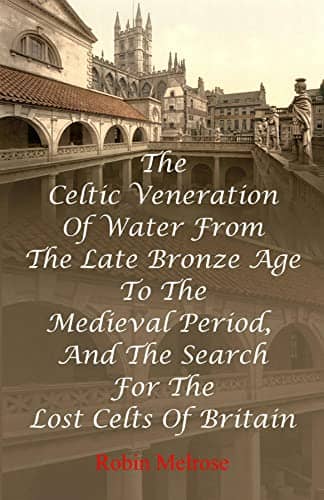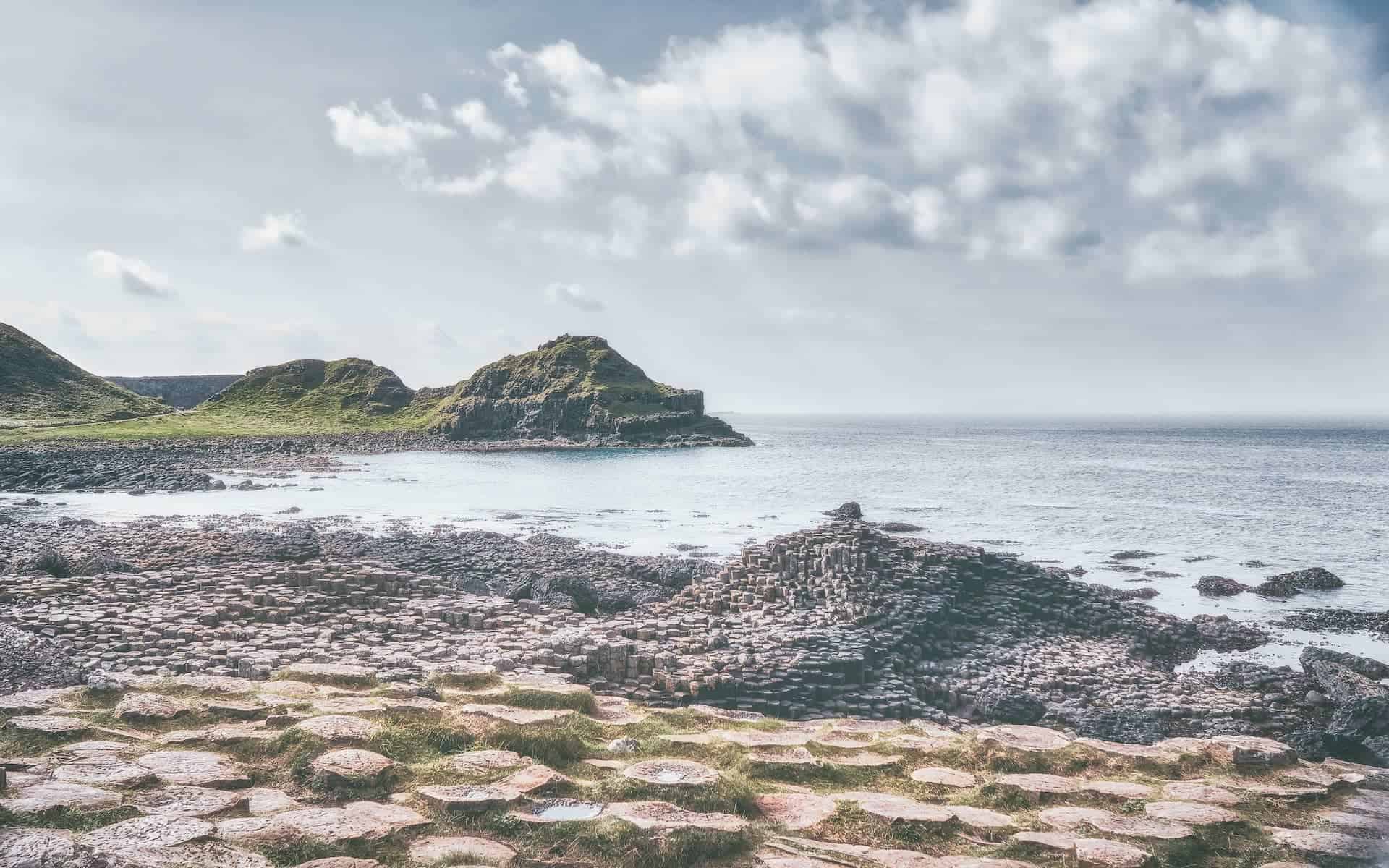University lecturer Robin Melrose has gone in search of Britain’s earliest tribes in his impressive new book.
The 77-year-old from the Isle of Wight also hopes to dispel myths that Germanic invaders were responsible for the ultimate demise of the Celts.
Going beyond many of the popular academic conclusions
Robin explores many of the customs and rituals associated with the Celtic tribes as well as many of iconic archaeology sites which have helped piece together their story.
But The Celtic Veneration of Water from Late Bronze Age to the Medieval Period goes beyond many of the popular academic conclusions on their rise and ultimate demise.
Melrose: Written as a reaction to others’ claims
Robin explained,
“The Celts of Britain left their mark, even in parts of England beyond Cornwall, where according to many historians they did not survive.
“The reason for writing The Celtic Veneration of Water from Late Bronze Age to the Medieval Period was as a reaction against the many authors who said that the Anglo-Saxons exterminated the Celts.”
Fascinating and well-researched book
It is widely accepted that the few remaining traces of the Celtic people remains in place names and the indigenous languages of Wales, northern Scotland and Ireland.

Robin’s fascinating and well-researched book covers areas across Britain and Ireland, as well as France, in building his argument.
Over ten remarkable chapters, he builds up a convincing narrative about the beliefs and lifestyles of the native Britons, Picts and Scots.
And within The Celtic Veneration of Water from Late Bronze Age to the Medieval Period he reveals that water holds the key to many of the Celtic secrets yet to be discovered.
Melrose: I trace the Celtic use of watery places
Robin, whose favourite authors include Barry Cunliffe, John Koch and Rachel Bromwich, added,
“We know from classical writers of the 1st century BC that the Celts of Gaul venerated watery places, like lakes and rivers, and deposited precious objects there.
“I trace the Celtic use of watery places from the late Bronze Age, around 1000 BC, to the Roman period – 43 AD – 410 AD.
“Christian Celts did not deposit precious objects in rivers and lakes, but they did build monasteries on islands, especially in Wales and southern Scotland.
“Meanwhile the Scots, following a tradition established in the Iron Age, built crannogs – dwellings on artificial islands – in some of the many lochs of Scotland.
“From the 7th century the Anglo-Saxons also established monasteries on islands or near watery places.
“In 1066 the Anglo-Saxons were replaced by the Normans and holy wells proliferated, perhaps inspired by models in France.”
Find out more
For more details, visit your local bookshop and ask for Robin Melrose, The Celtic Veneration of Water from Late Bronze Age to the Medieval Period or his other books.
News shared by David on behalf of PublishNation. Ed
Image: k mitch hodge under CC BY 2.0





